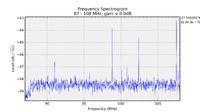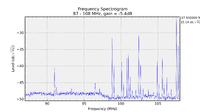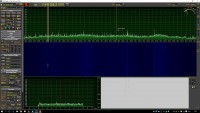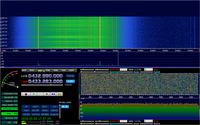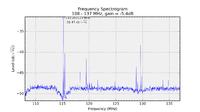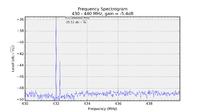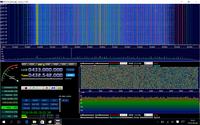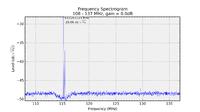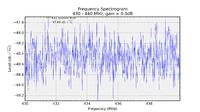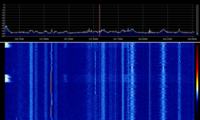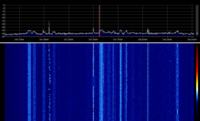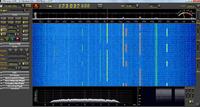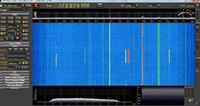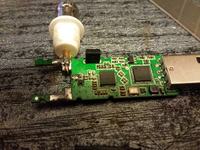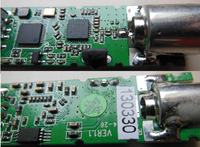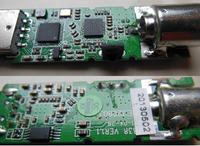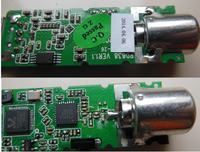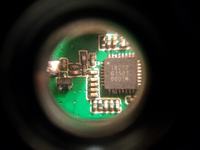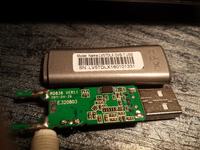tygrysss wrote: Hello, as I have recently been interested in the subject of SDR, I have a few questions.
What is the best to buy now (I'm talking here at the tuner)? What antenna (I mean listening to aviation and local walkie-talkies) for this service, as long as the transmissions are not encrypted.
What program is best for a layman? I have followed the topic, but once that some coefficients (technical abbreviations) do not tell me anything, I do not know what to decide on.
Best regards.
If we are talking about a tuner, the second version of the tuner with the RTL chip is enough.
rtl2832u-r820t2-sdr-ads (Type in google, search for you on the Allegro)
On this little device, you have half of Europe within reach. (With the right antenna, you can have the whole one.)
Personally, I use this tuner with my own made antennas. One per 1090 mHz aviation band. The second for service. I can pick up PSP, OSP, SM, P without any problems, even downloading from 80-100km distant units. The same applies to the aviation bands (I receive these from almost all of Poland and even from neighboring countries.)
The antennas I use are 1x kolinear 173cm, the other 148cm coiled (9x) for a lifeline.
I can easily receive signals from NOAA, METEOR and the aviation band on the collinear antenna. The second antenna copes with the services without any problems.
Local walkie-talkies transmit on PMR 446 (8 channels). To receive them, it is best to be close to them, as devices of this type have poor transmitting power. (In general, I live 8 km from the city and I receive different signals with a collinear antenna.)
Maybe my statement is not satisfactory, but I am still a layman in this field, I am learning and, as the saying goes, "I combine". So far, the effects are satisfactory.
ATTENTION ! You must have a permit for such practices.
Added after 2 [minutes]: Artur k. wrote: I did not find anything the same, but with me, even on an ordinary analog scanner, I perceive similar things. These are either the interferences of two other frequencies on which the data is transmitted and they just make up such a sequence, or some local device. Sometimes such sounds can be sent over the air by a phone, tablet or laptop. Currently, the ether is very littered with digital signals and signals from home appliances.
I will say this, I received the signal even when there was no power in my town. (SDR and Laptop on battery went.) Well, wi-fi, pc, electronics, household appliances are excluded.



